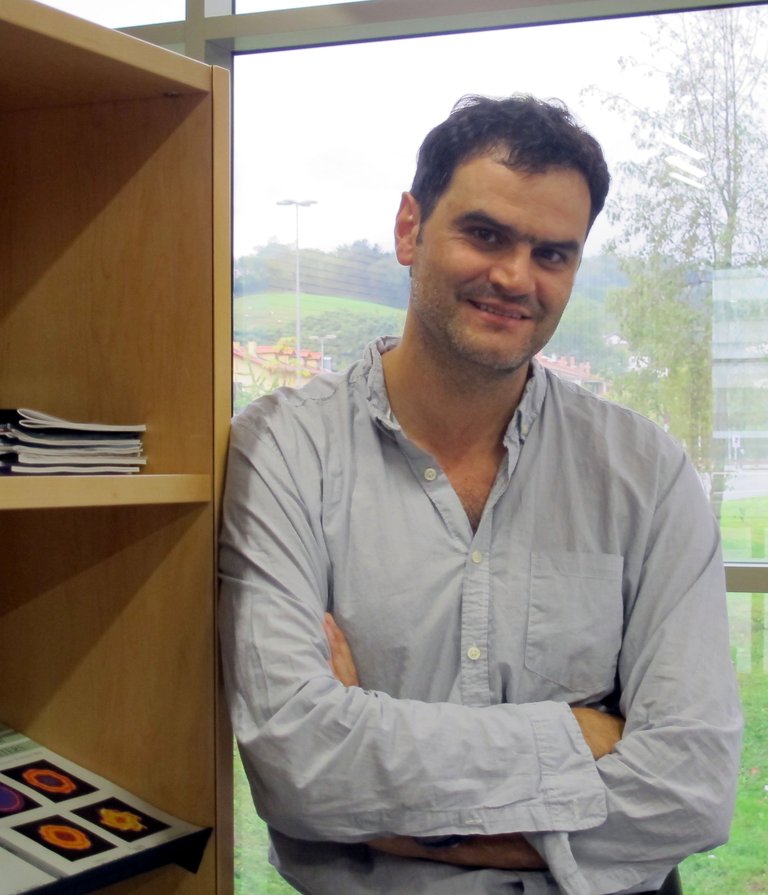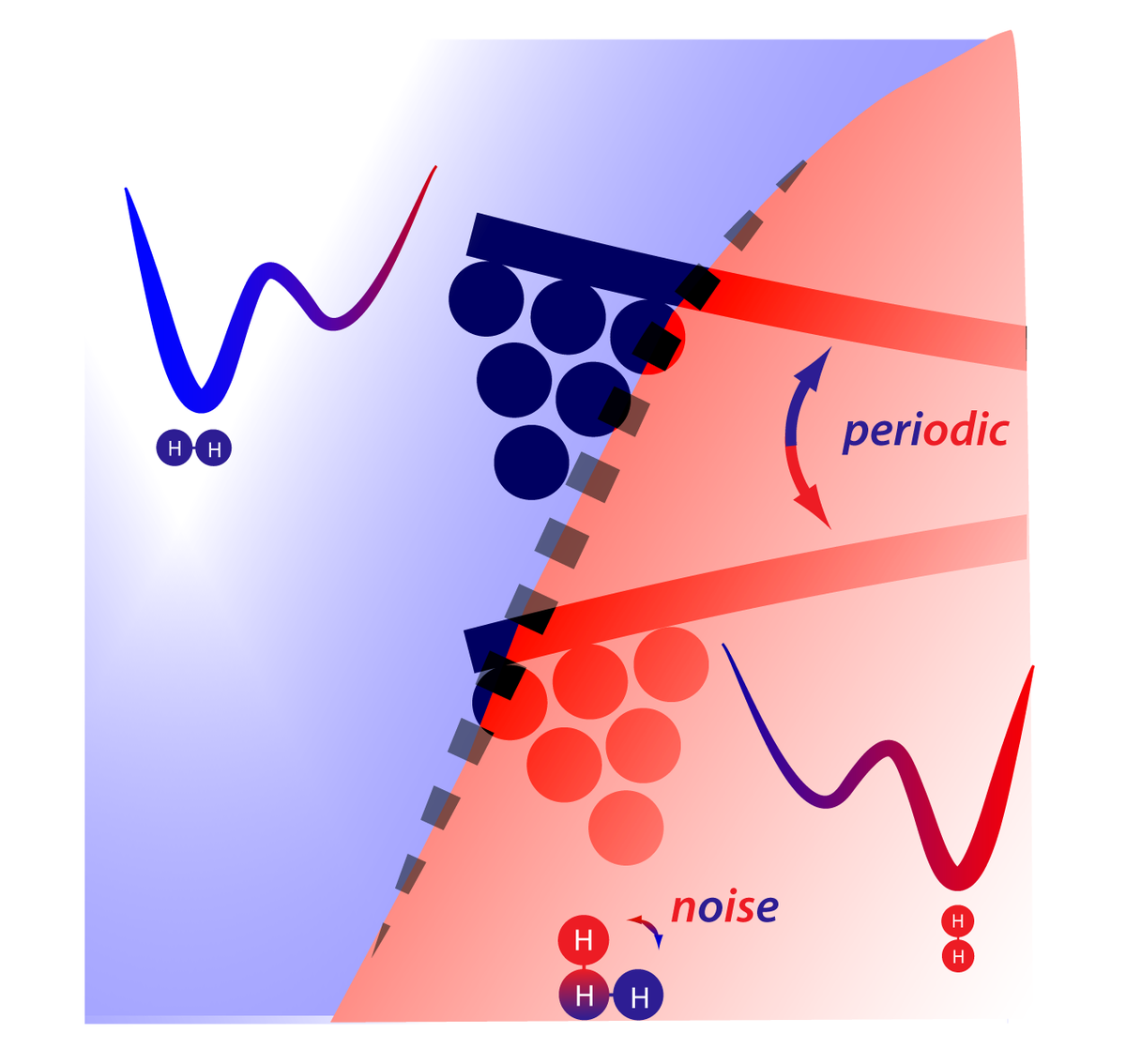They extract energy from a place where there is hardly any energy

At very low temperatures, 5 K, the vibration of the hydrogen molecule is tiny. Hamarna is a movement of a few picometers that only has an energy of ten millieletronvolts. In addition, it can be considered as a random movement, that is, as a signal of noise. But natural processes also take advantage of these small oscillations to provide energy to cellular activity, for example.
An international group of physicists, the CIC nanoGUNE center and the University of Berlin have found a way to extract energy from this small oscillation and transmit it to another oscillator. This research has been published by the journal Science.
Researchers have found that they can stimulate hydrogen to initiate oscillation. For this purpose they have used the electrons emitted by the tunnel effect, which have trapped a molecule of hydrogen between the needle of an effect tunnel microscope and another electrode, which when bombarding the electrons to hydrogen, begins to oscillate. The microscope has been used as a switch. In this way, the microscope receives the energy of the oscillation, which has been transmitted to a large oscillator. Thus, although the hydrogen molecule has a very small structure, it can supply energy to a large oscillator. In short, physicists have extracted and used the energy of a noise signal.
According to the researchers of the original article, “this phenomenon can increase the transmission of energy from incoherent sources to the coherent dynamics of a molecular motor.” That is, a large nanostructure with engine function could receive energy from the noise signals through this mechanism.

Buletina
Bidali zure helbide elektronikoa eta jaso asteroko buletina zure sarrera-ontzian











